The SMSL D6-S has everything an entry-level DAC should have.
- Very resolving for the price class
- Enjoyable timbre
- Competent volume control
- Useful remote
- Looks great
- The SMSL DL200 does more for less
- Spartan on-board controls
- Some sharpness in upper-mids
- 5VRMS output will clip some amps
- No BNC for SPDIF
Like Topping, SMSL is one of the audio objectivists’ darling companies. Is there any sense for me to review a unit that is measurement-perfect? Will my impressions be anything more than just hallucinations?
Even so, we can still have fun with them.
The SMSL D6-S is their newest entry-level offering using the latest top-end mobile ESS Technology chip – the ES9039Q2M. A fresh XMOS chip handles USB, and the analog outputs use very decent opamps. What is there not to love?
Read on to discover that even if D6-S isn’t perfect, it might be one of the best dedicated digital sources for most!
Unboxing and First Impression
Design and Build
The SMSL D6-S is 1 rack unit (U) thick (approximately 4cm) and about the size of a CD case when viewed from the top. All in all, it’s small enough to fit on just about any desktop. The question is whether it will stack properly with your amp.
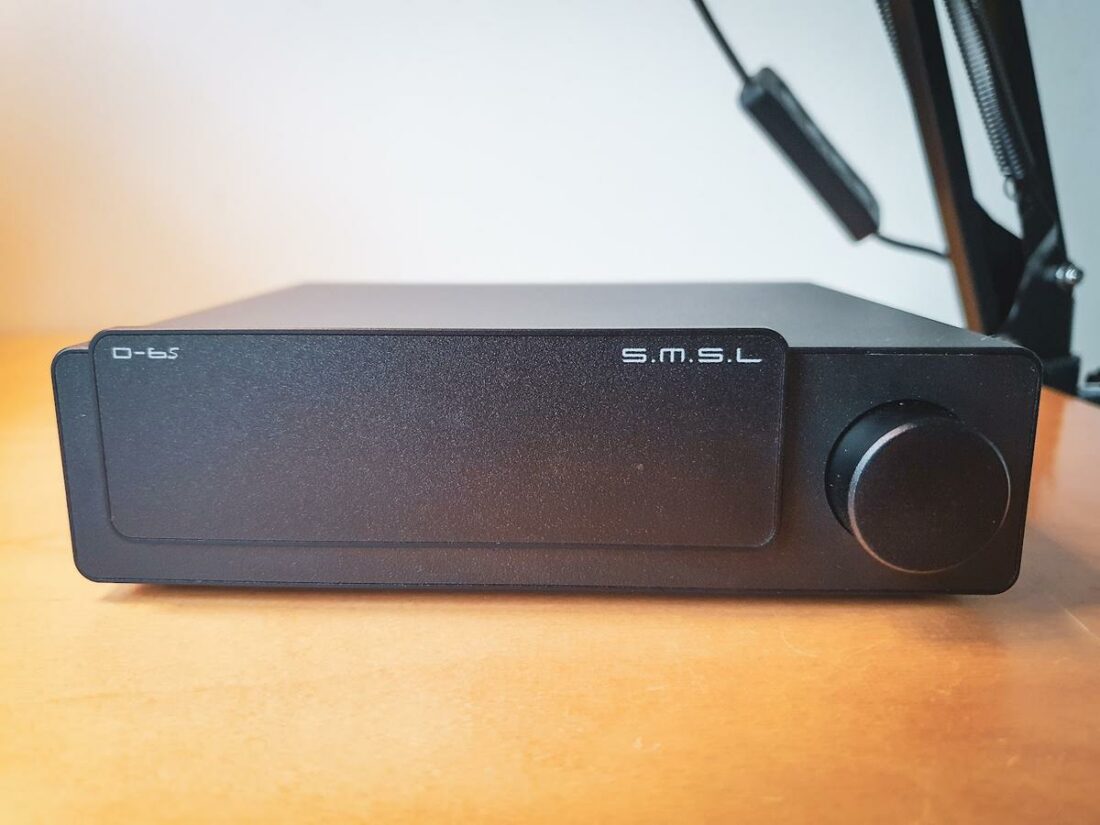
Build-wise I find the D6-S very hard to fault. The chassis is powder-coated black with no visible imperfections. On the bottom, stick on rubber feet make sure the small box stays put. Of course, the unit is pretty light, so you’ll have to hold it down to plug the cables in.
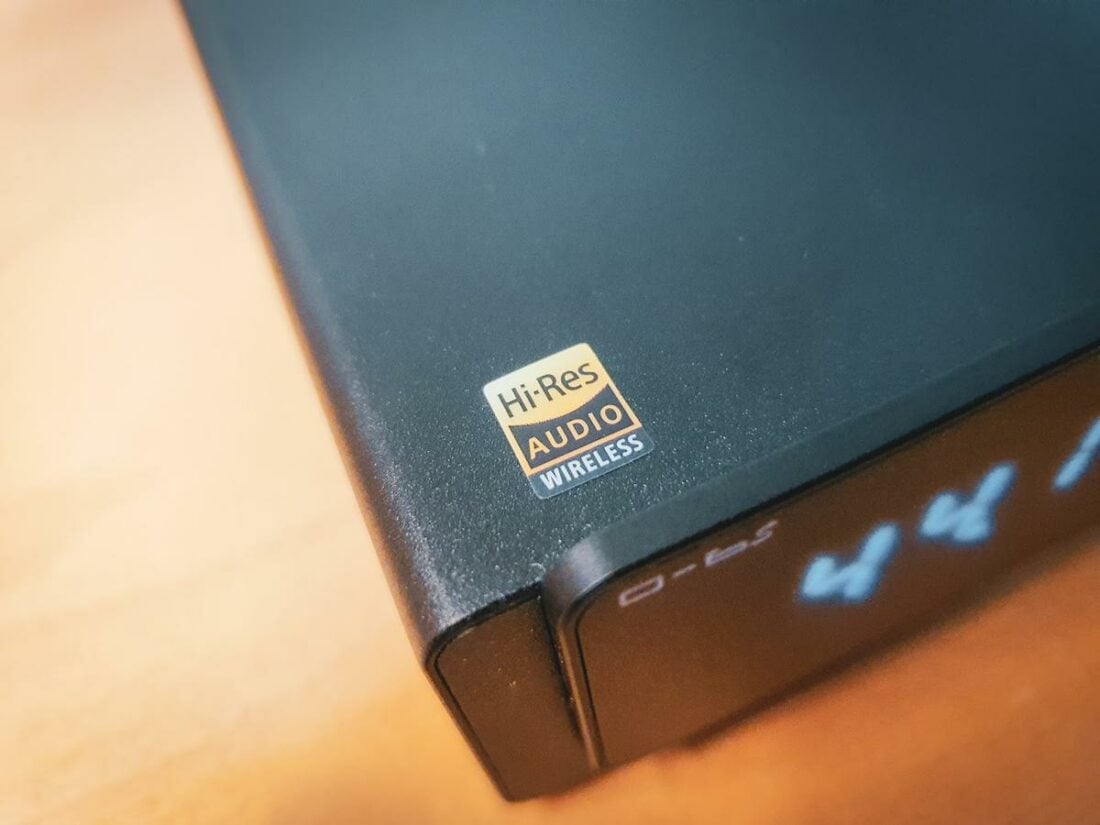
I very much adore the way SMSL has designed the front panel.
The 7-segment LCD shines through a matte blackened glass. When inactive, the display section looks like an aluminum panel. The display shows the sample rate when there is a signal lock.
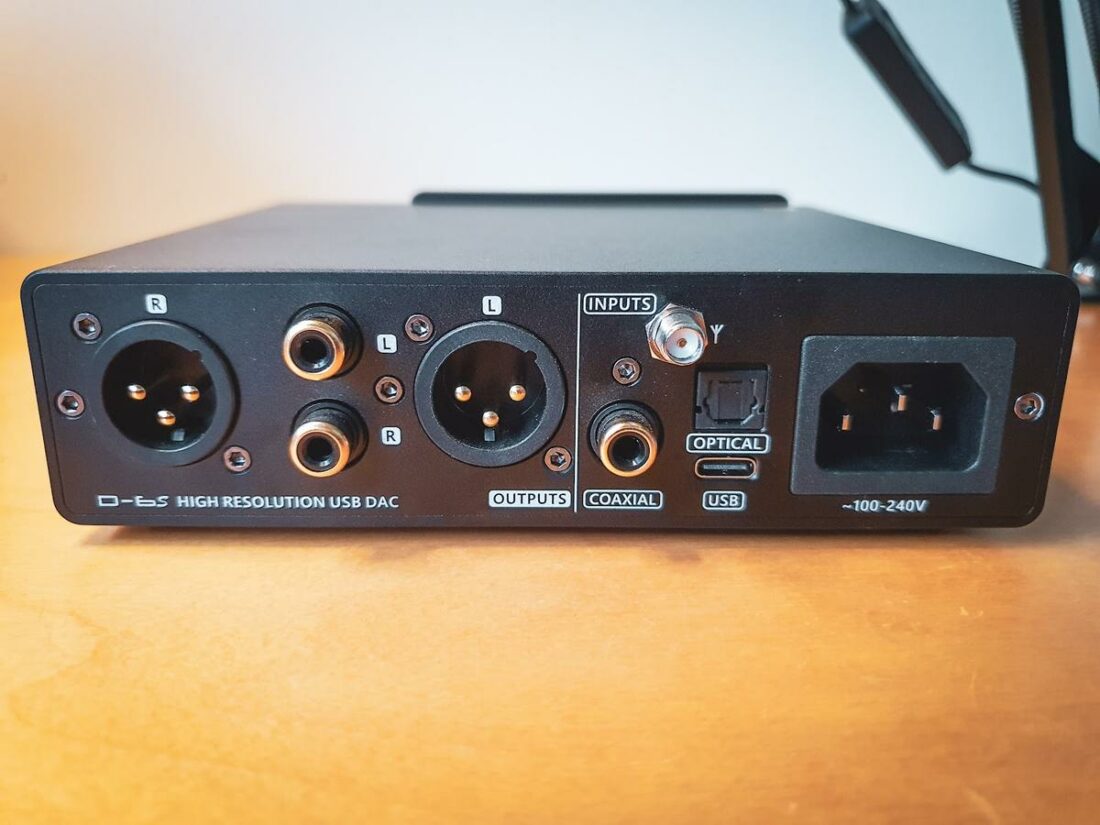
On the back, there’s the usual set of digital and analog IO. There are RCA and XLR analog outputs. The XLRs aren’t Neutrik quality, but they do the job fine. Inputs are USB-C, standard optical for TOSLINK, and an RCA for coax. The Bluetooth has an RF port to attach a small antenna.
Bluetooth
The D6-S handles Bluetooth 5.1 with the regular bevy of codecs – LDAC, AptX, Aptx HD, AAC, and SBC. As always, LDAC and Aptx HD sound the best, and the rest are pretty meh, IMO.
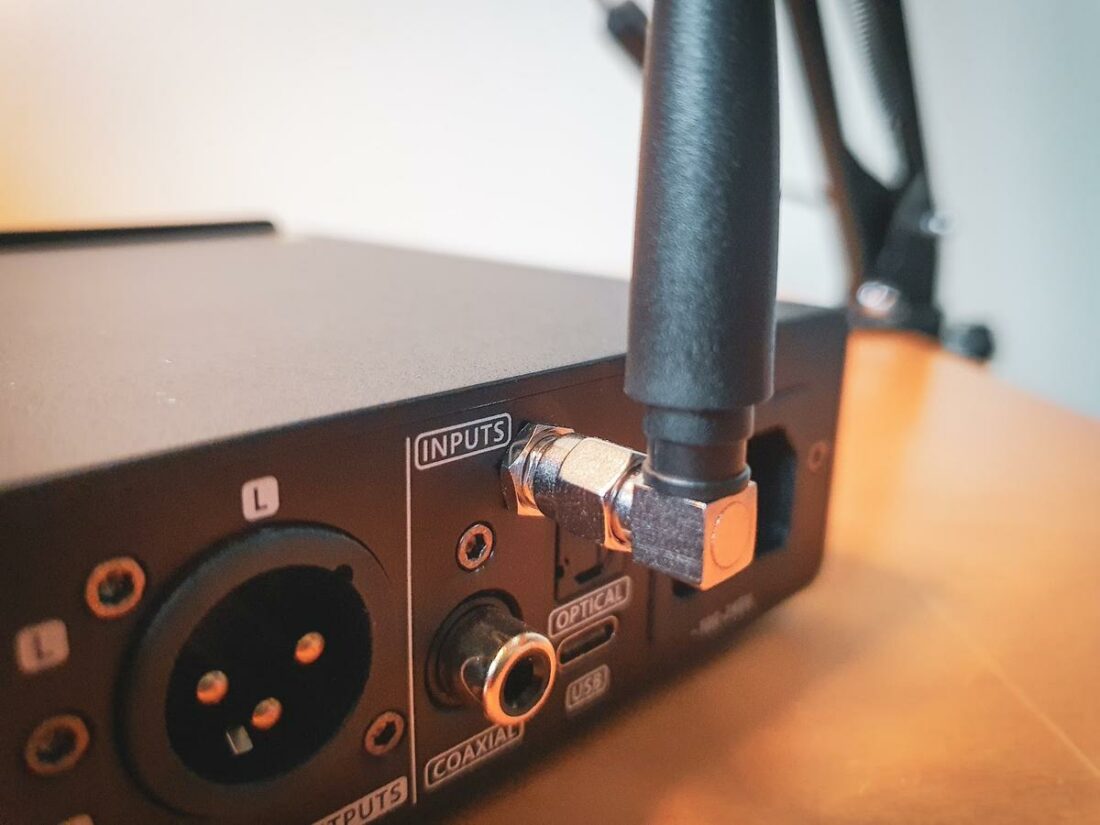
With the attached antenna, the D6-S can hold a pretty stable connection to a phone even when I put a wall between me and the receiver. Of course, sound-wise, no matter the codec, Bluetooth plays second fiddle to every other cable connection.
Controls
There are two ways to control the D6-S. The front panel has an encoder knob which can be turned and pressed. In everyday operation, turning changes the volume, and pressing lets you go through the rest of the functions, like choosing inputs, filters, and the like.
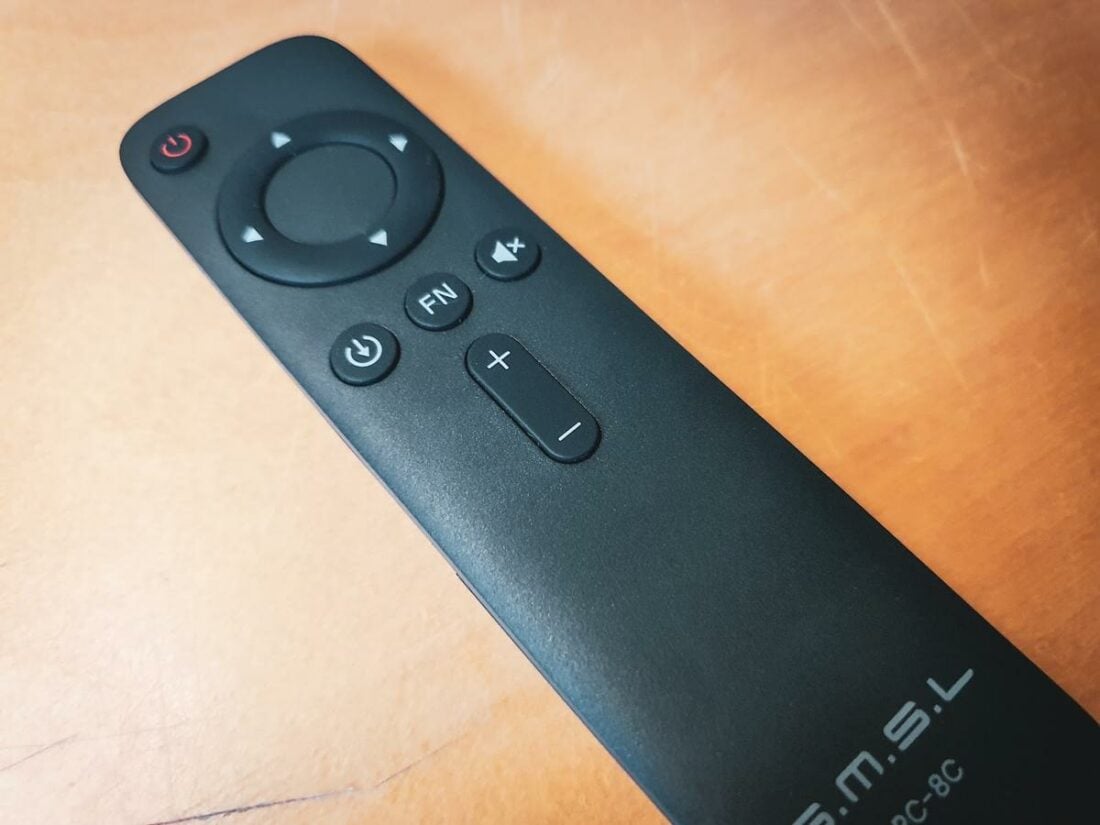
A more convenient way to control the D6-S is via the included remote. The remote has a directional pad, ON/OFF, input select, custom function, mute, and volume up/down keys.
Each of the inputs can be configured with one of 7 different output filters:
- Minimum phase
- Linear phase apodizing fast roll-off
- Linear phase fast roll-off
- Linear phase fast roll-off low ripple
- Linear phase slow roll-off
- Minimum phase fast roll-off
- Minimum phase slow roll-off
It’s a standard filter list that comes with the DAC chip. Switching between them is super easy and fast.
I hate the output filters because they’re a never-ending spiral of choices with minimum audible differences.
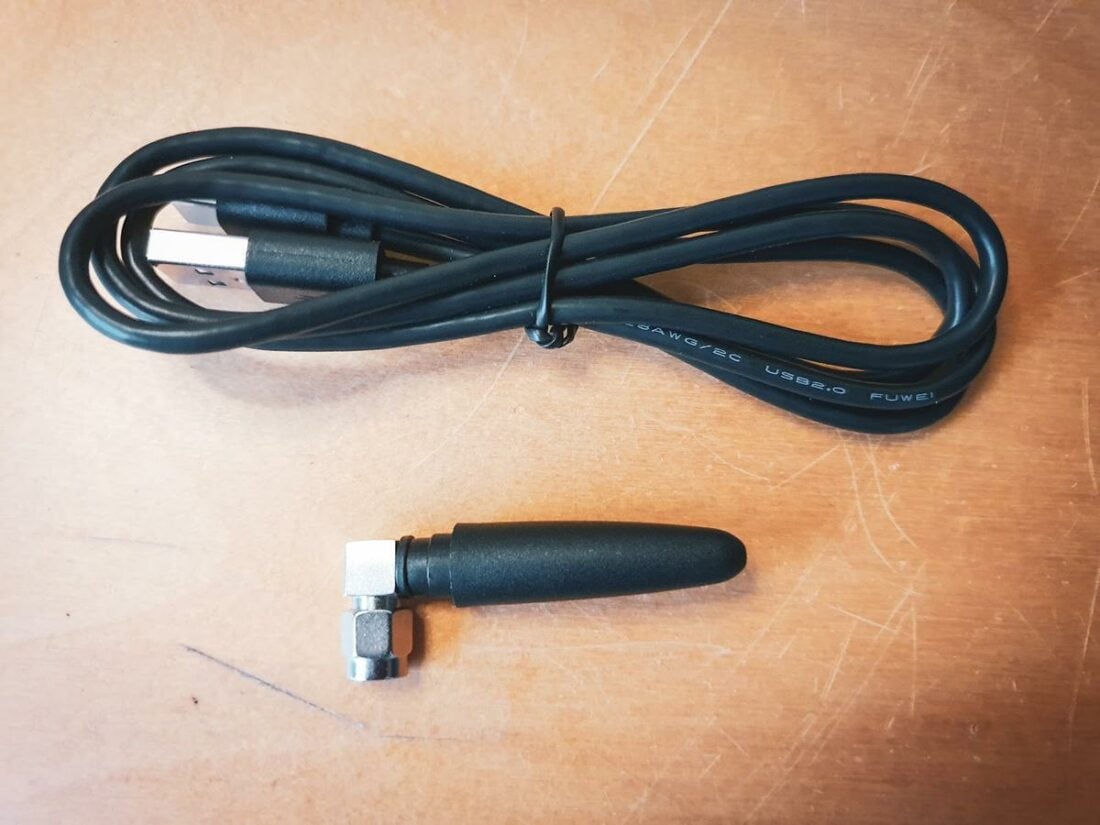
The D6-S also allows for adjusting the strength of the PLL jitter suppression with lower settings. This only works if the transport jitter is low enough. I can keep it at the minimum setting with my computer and can’t tell any audible difference.
Under the Hood
The D6-S is a standard design, which is more than okay for a DAC in this category. It uses an ES9039Q2M chip fed a digital signal from the XMOS XU316 USB controller and other digital receivers. The analog output reportedly uses OPA1612 chips.
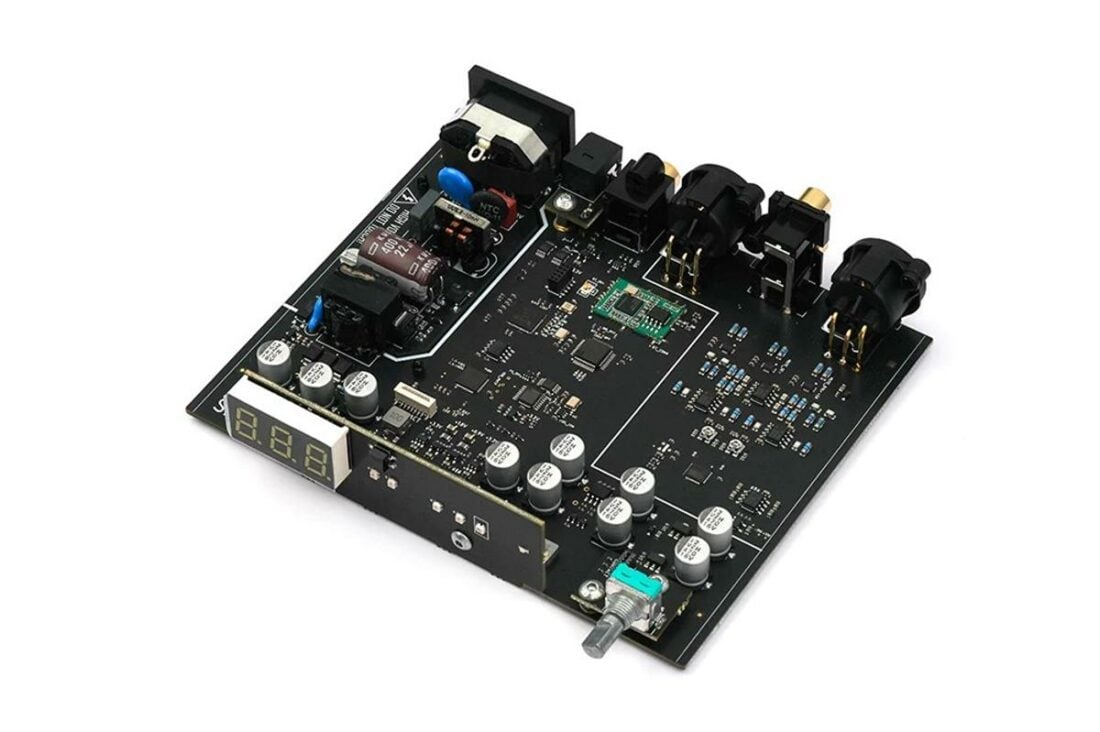
The PSU is a switch-mode design. In this case, very little can be gained by using a switching unit versus a traditional linear PSU. The size is almost identical. A transformer might weigh more, and more care must be taken to filter out AC hum and diode noise. With a switcher, you trade that for high-frequency noise.
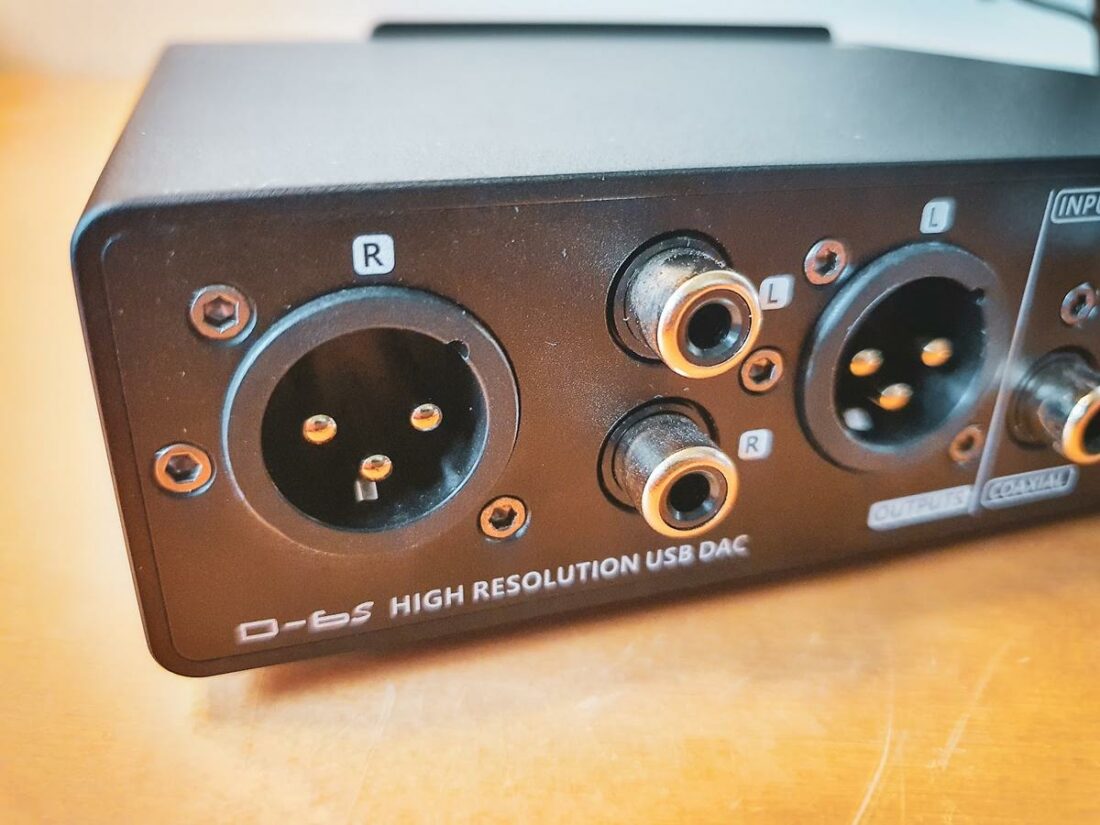
I would like to see a Faraday cage around the PSU to screen the sensitive DAC circuitry from emissions. The cage also catches parts from the high-voltage side electrolytic cap should that fail. It’s nice that there is some mains filter circuitry to stop some of the switching noise from leaking back into the grid.
The volume control is done by the DAC itself. Sabre chips have always had very transparent volume controls, which has led me to believe that their inner circuitry operates at higher than 32-bit word length. This should make the D6-S a competent preamp as well.
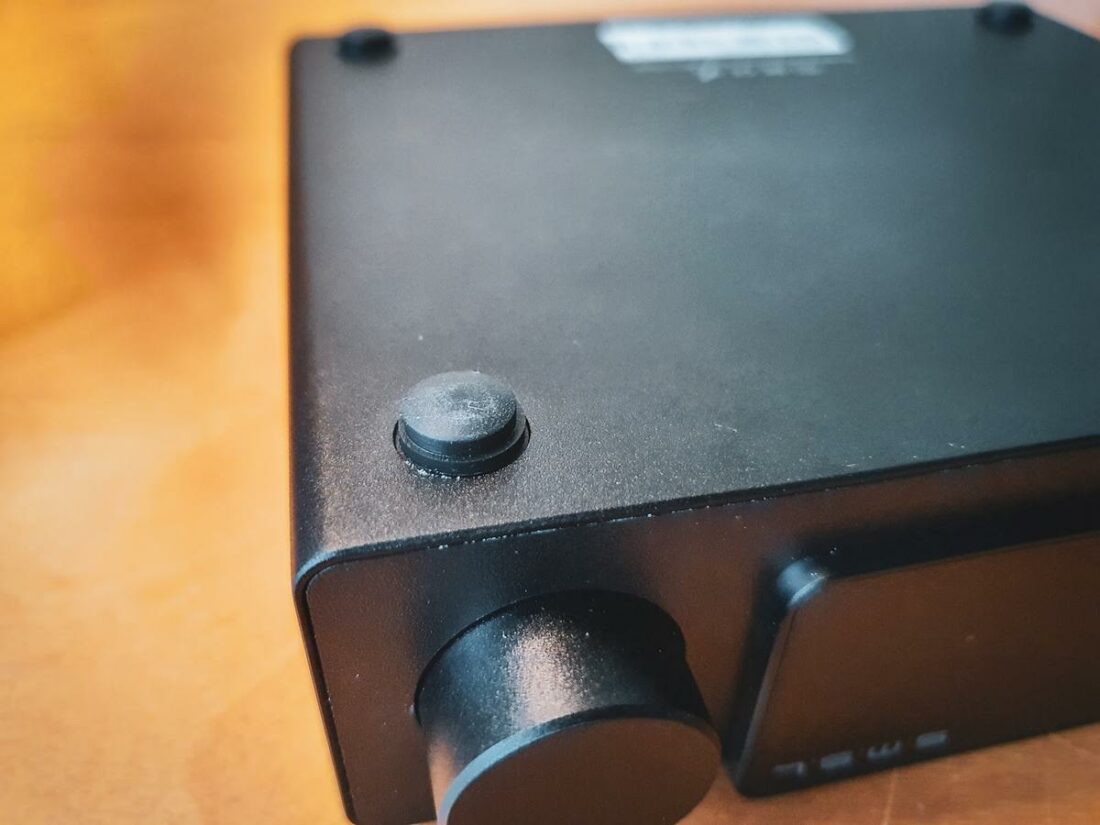
What rubs the wrong way is the 5VRMS output.
Consumer-grade balanced audio inputs expect 4VRMS. Therefore, it’s easy to clip the inputs if the D6-S is run at full volume.
Then why 5VRMS? To get better measurement numbers. The hotter signal stands out more from the noise, after all.
How Does the SMSL D6-S Sound?
Overall, I describe the SMSL DA-6S as fairly neutral sounding with a bit of a propensity to a clinical sound signature. Imaging and soundstage are handled quite expertly and are the main things that change with DAC output filter switching.
Bass
The low end is sufficiently extended as the D6-S is DC-coupled with no capacitors attenuating low frequencies. When called for by the recording, the bass has scale and impact. Isolated sub-bass in Massive Attack’s seminal recording Angel reveals no modulation noise from an overstrained PSU.
Midrange
It’s a “just the facts ma’am” midrange.
If your recodings have midrange magic in them, then a good chunk of it will come through (provided the rest of the chain is up to snuff). With that said, entry-level DACs rarely have anything special about their midrange reproduction.
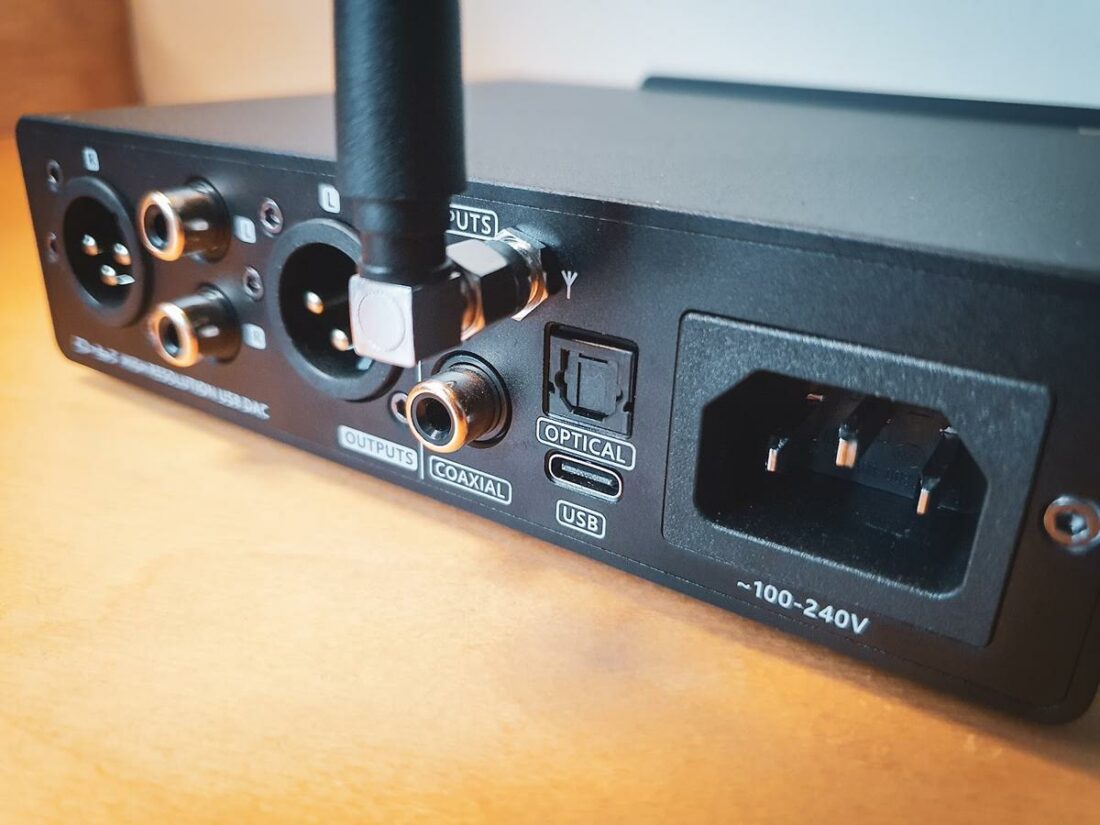
One small niggle I have with the D6-S is the upper midrange at higher signal levels. On the default minimum phase filter, I can detect some stringency. It all but went away when I switched to linear phase fast roll-off low ripple. Or maybe my eardrums burned in.
Treble
To be frank, I always have some reservations about ESS Sabre DAC treble.
It’s just a bad aftertaste from the ES9018 days, which needed tons of esoteric babying to not sound like nails on a chalkboard.
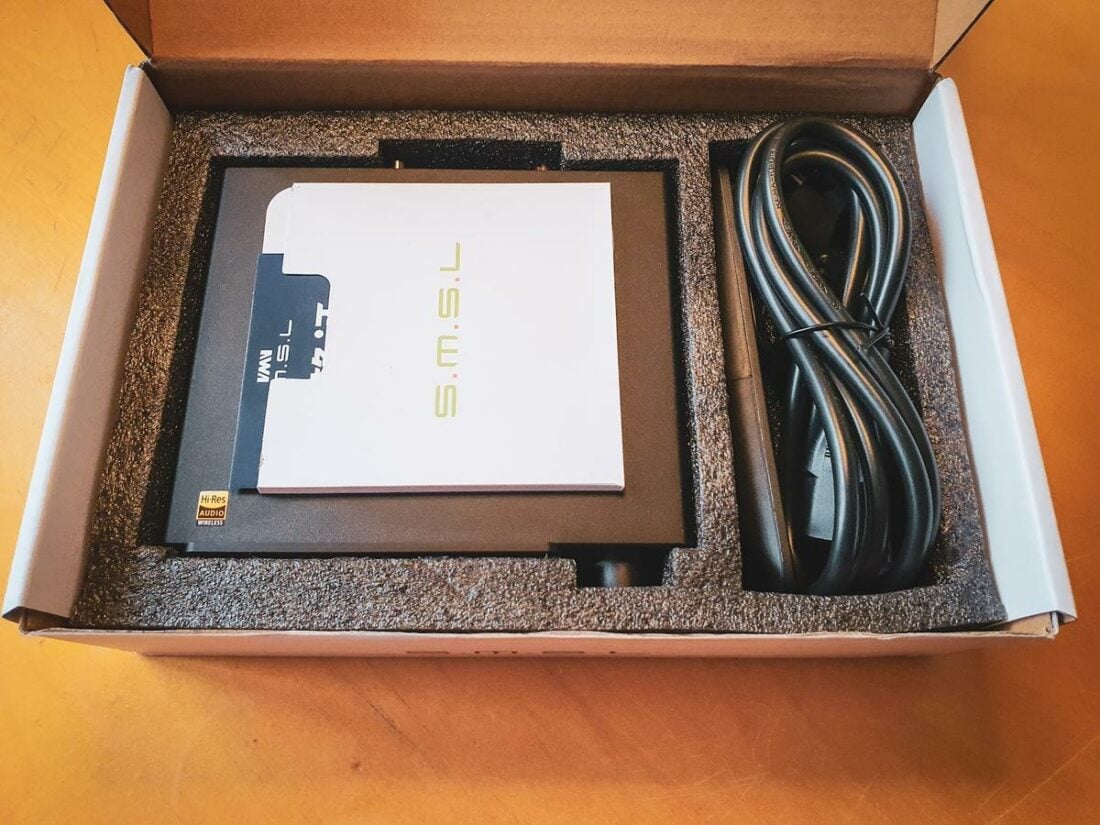
Luckily, with the SMSL D6-S, my fears were completely unfounded. The upper registers are fine both in quantity and in technicalities. More costly DACs give me more microdetail and a tad more natural presentation, but the D6-S is more than adequate.
Comparisons
For this review, the nemesis of D6-S is the Schiit Multibit DAC card that resides inside my Jotunheim 2 amp. It’s similarly priced and, in many ways, a completely different product. I am biased toward multibit sound (if there is such a thing), so I did fast-switching comparisons between the two.
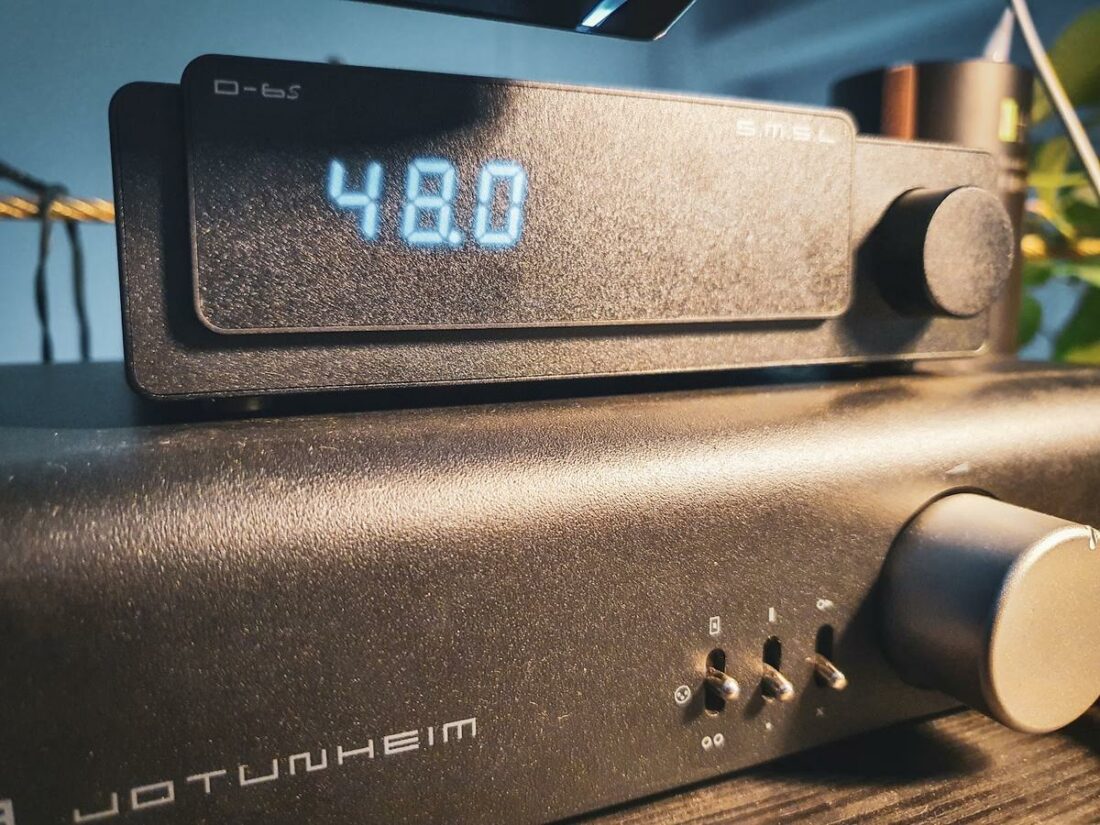
It’s apparent that there is an audible difference between the two DACs, with the multi-bit sounding a bit more natural. Is the difference night and day? Heck no, it’s way smaller than I was expecting. Delta-sigma DACs have gone a long way in the last 5 years, for which I’m very glad.
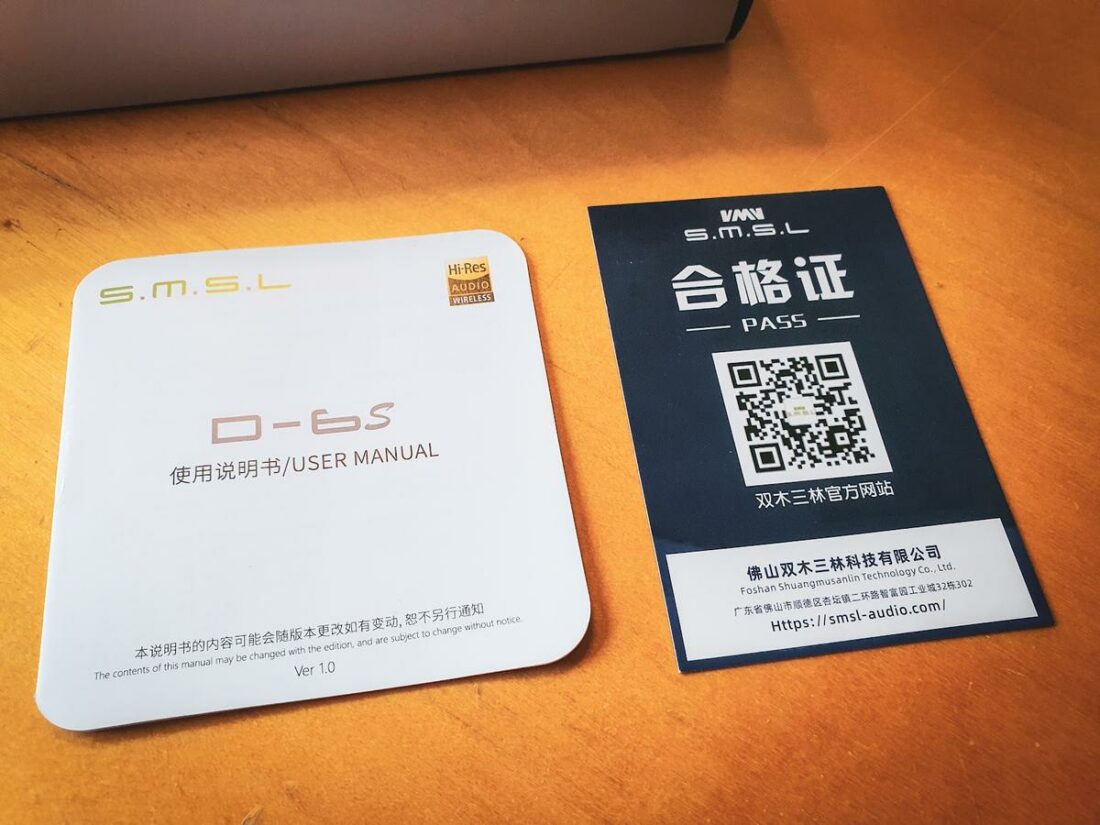
There is another adversary to the D6-S from the SMSL stable – the DL200.
It seems to do everything the D6-S does and adds a nice, simple headphone drive circuit on top. Want to know the real kicker? At the time of this review, you can get it for less. It seems that SMSL needs to get their product strategy act together.
Where to Buy
Who Should Buy This?
If you want to start building a separate component-based audio system, the D6-S is an easy recommendation. I’d pair it with less analytical amps and headphones for the best system synergy. Other bright components will probably end up being too much.
The superb volume control function means the D6-S can be a very competent preamp in an active speaker setup. Just add interconnects, and you’re done! Or a couple of beefy monoblock power amps to run your big speakers. The D6-S behaves noise-free, so your speakers will be safe.
Final Thoughts
It’s hard to hate the D6-S; it looks superb and is easy to integrate in just every setup out there. Yes, no cherries or other exotic berries are on top of the cake, but should you mind? Not if you plan to eat it and not just look.
Plug the D6-S in and forget about it while you enjoy the music.
SMSL has created a great product that’s easy to recommend for most listeners looking for a good time.
What’s in the Box?
- D6-S DAC
- Power cord
- USB-A to USB-C cable
- Bluetooth antenna
- Remote
- QC card
- Manual
Technical Specifications
- Form: DAC
- Weight (g): 590g
- Inputs: USB-C, SPDIF RCA, TOSLINK, Bluetooth
- Outputs: XLR, RCA
- Bluetooth Version: 5.1
- Bluetooth Audio Codec: LDAC, AptX, Aptx HD, AAC, SBC
- Remote: Yes
- THD+N: 0.00006% at 5VRMS
- SNR: 129dB (XLR), 126dB (RCA)
- Dynamic range: 129dB (XLR), 126dB (RCA)
- Data rates (USB): PCM – 32bit (44.1 – 768kHz), DSD – 1bit (2.8224 – 22.5792Mhz), DoP256
- Data rates (Optical & Coax): PCM – 24bit (44.1 – 192kHz), DoP64
- Power consumption: <10W, <0.5W stand-by
- Size: 150x42x128.5mm (WxHxD)
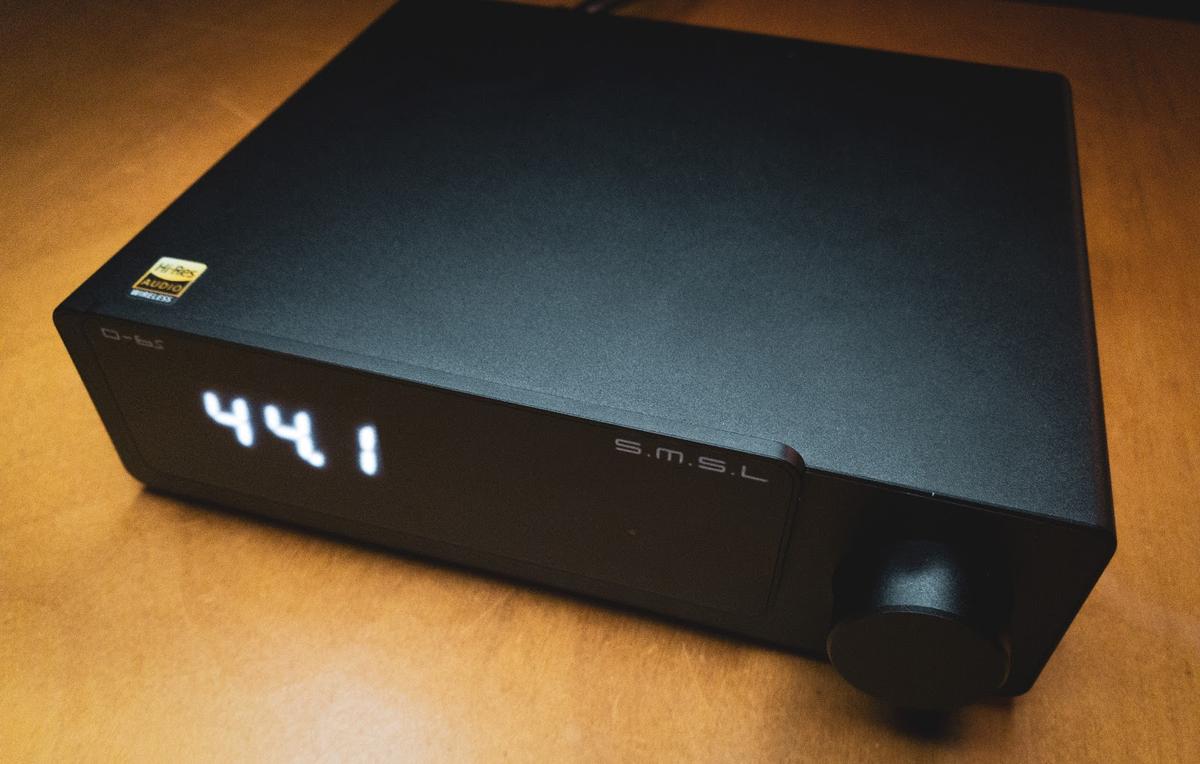
5V output is actually quite useful for folks who use DSP for digital room correction as it helps to overcome filter insertion loss. If someone doesn’t want it, just turn the volume on the D-6s down a few clicks.
Shouldn’t insertion loss be compensated by analog gain? If your amp can’t handle 5VRMS then the filtered input can still peak at that amplitude at frequencies that aren’t attenuated by the filter function and clip the input.